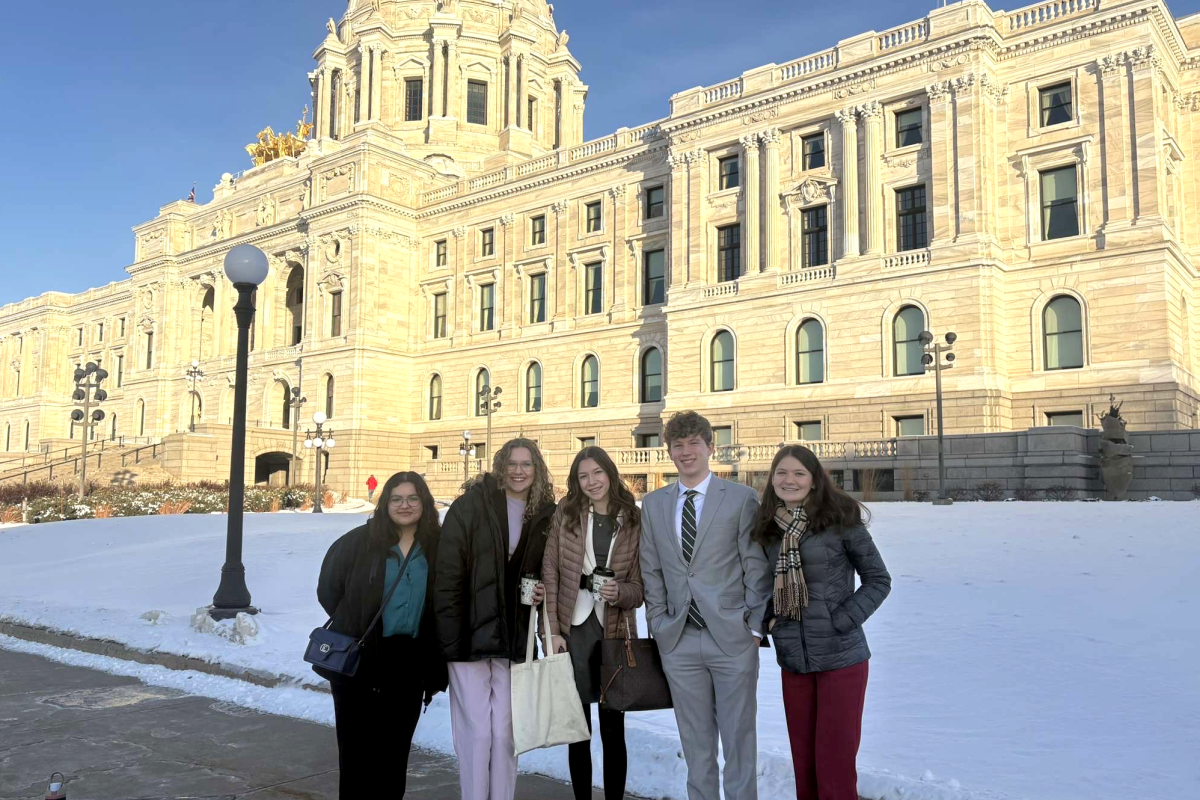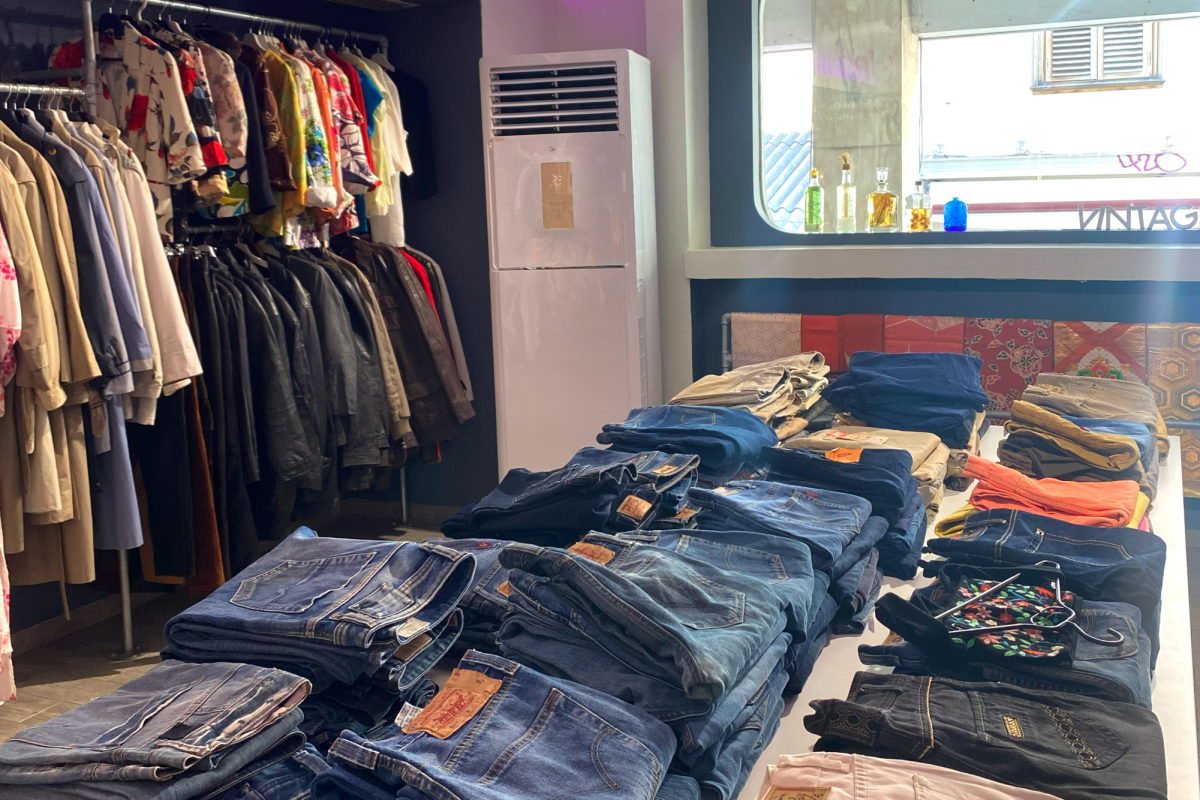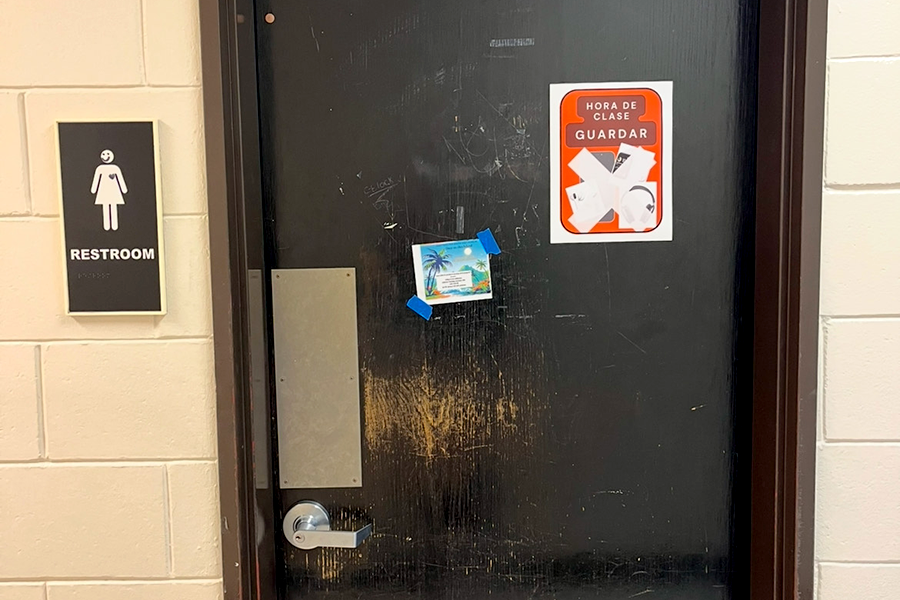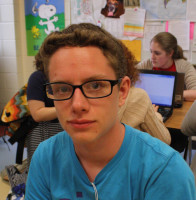Most students never think twice about the racially divided tables that accompany every lunch, accepting it as a typical occurrence at South. But can this separation have harmful effects on the community or is it just an expectation of every school, unavoidable in a community as diverse as ours?
“You can just look around the lunch room and see the different groups of people,” said junior Hamda Ahmed. “[People] feel more comfortable with friends that are familiar to them.”
The National Institute of Child Health and Human Developments (NICHD) pointed out that segregation among social groups is not only typical but expected at schools like South.
“Teens are more likely to choose friends from within their own racial group in moderately racially mixed schools, with this likelihood greatest in schools where diversity is moderately high,” the NICHD announced a year ago.
This announcement explains that a diverse community like South does not ensure integration and might even have a larger amount of segregation than less diverse schools. This could simply be because less diverse schools have a smaller number of racial groups to be segregated in the first place, but as South students can see there is definitely some racial segregation among social groups.
Whether or not it’s larger than less diverse schools, it affects the community just as much.
Even though some other schools in the district have higher percentages of students of color, South has the largest number of African American students, second largest number of Asian American students and third largest number of Hispanic American students in the Minneapolis metro area, according to the 2011 Minneapolis Public Schools Report of the Annual Racial/Ethnic Count of Students.
While this diversity can be encouraging, the report also states that South’s white population makes up a daunting 46.1% of the entire school, showing that while South has a larger number of students from other races the majority of its students are still white.
“When Somali students go to the open house freshman year teachers and staff show them the ‘Somali’ table and skip over the rest,” Ahmed said, “It should be more diverse.”
While group placement can be an influence of racial segregation, freshman Miriam Zeferino noted some of this separation might simply be because of language barriers and cultural familiarity.
“Kids like to speak their own languages. Mexicans all speak Spanish and they get along with each other,” said Zeferino.
“We need to understand that in racially mixed settings, racial grouping is a developmental process in response to an environmental stressor, racism,” wrote Beverly Tatum, a renowned professor of the psychology of racism, in her book “Why Are All the Black Kids Sitting Together in the Cafeteria?”
This excerpt again shows that a diverse community can still have racial segregation that could possibly be because of “an environmental stressor, racism,” and that just having a diverse school does not make it an integrated school.
As Ahmed explained from day one South steers students toward organizations based on their ethnicity, which can be a great thing, to let students be around “friends that are familiar to them,” but this could also be the start of segregation among social groups.
When students start off the year hanging around a specific group of people they continue to hangout with them throughout high school even if they are no longer in the same classes or program.
“It’s gotten worse, I mean look all over the place. I think it’s bringing back how school was in the 50s,” said junior Roger Rosas, gesturing to the tables around the cafeteria. “It tears apart any sense of culture in the school because in class you’re told the histories of the different cultures but you never learn how they are a part of our society now.”
Rosas explained how some of this segregation might be due to the achievement gap and what classes students are put in based on test scores, “I think teachers should encourage students to go to higher level classes to shorten the minority gap,” Rosas continued.
MPS has one of the largest achievement gaps in the country, meaning difference of test scores based on race. In 2010, 75% of all white students passed the MCA Math test while 26% of all African American students passed. This shows that test scores can be a direct influence on separation between races and social segregation at school might be a reflection of academic segregation on the MCAs.
One idea for a solution to closing the segregation gap can be found in Tatum’s book when she states that, “racial grouping is a developmental process in response to an environmental stressor, racism.”
This explains that racial separation at school can reflect segregation in the outside community, and to close the segregation gap between students we must look at the outside community as well and find what “environmental stressor” or stressors are affecting how the community interacts across race lines.
This can be anything from what we see on TV and in movies to the ways the adults in our lives act.
With such a large amount of diversity it can be difficult to notice any racial separation among students and even harder to address it.
As Rosas said, “I never looked at the school as racially segregated before just because there’s so much diversity.”







